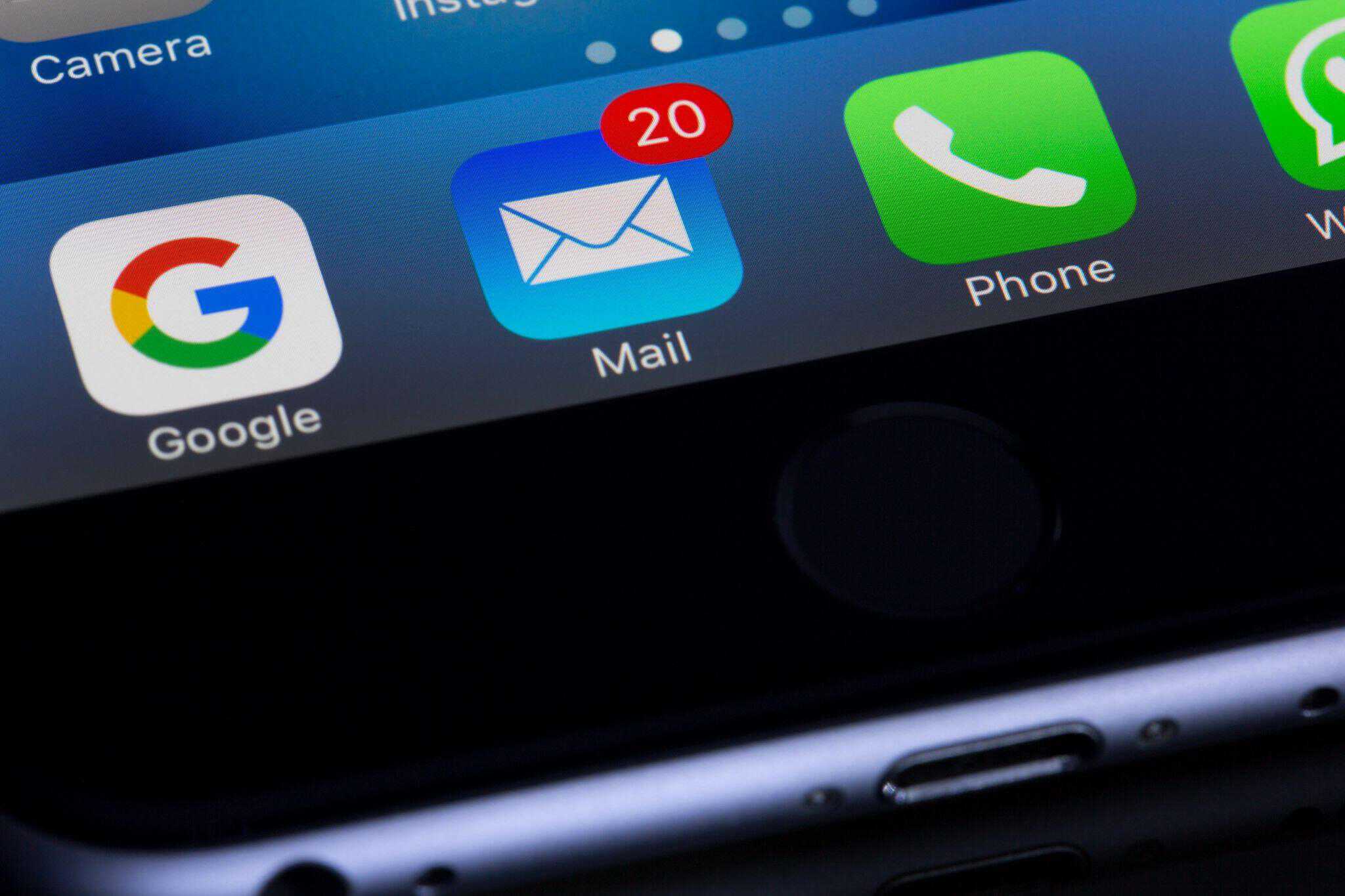You have spent a great deal of time creating excellent webinar content that adds value to attendees, but how can you ensure you get sufficient registrations? Whatever your registration goal is, the only way to achieve it is to promote your upcoming webinar. Your potential audience is out there; now, you must “reel them in” with insightful marketing on social media.
Want to know how to promote your webinar on social media?
If funds are tight, you can do most of the promotion for little or no outlay. Still, if you intend to showcase your webinars at the highest professional level, you can team up with powerful software such as InEvent for a TV-like experience.
1. Email promotions

You will have built your contacts database and a substantial prospect list. These contacts have already shown loyalty to you or your brand and will have the highest attendance rate on all social media channels.
Because of the loyalty already being shown by prospects, email promotion of webinars is the top strategy for over 65% of webinar hosts.
The subject line will be the first thing a prospective attendee sees. The attention-grabbing subject line should use some emotional manipulation to highlight their pain and anguish but guarantee to provide a solution.
Only use benefit-based language in the subject line to show the gains of attending the webinar. The subject line must be on point, as 47% of email recipients open emails based on the subject line.
The subject line must convey your webinar’s main agenda using the fewest words possible. Ideally, it should be less than 50 characters to display perfectly on mobile devices. Adding the recipient’s name to personalized subject lines can increase opening rates by 16%.
The design of the email should not overshadow the information being conveyed. The body should mention the schedule, the purpose of the webinar, and how it can help the participants. Strategically placed CTAs will improve click-through rates.
Sending the email invites alone doesn’t create much impact. You should also send reminder emails to the attendees until the day before the webinar — pre-event email promotions, if executed well, could lead to good conversions. Reminders are essential as 29% of attendees will not register until the event day, although statistics show that 17% of attendees sign up more than 15 days before the event.
Also, placing the webinar registration link alongside your email signature can let your clients know about your upcoming webinar for free.
2. Get an excellent landing page
![How to promote your webinar on social media - Bulkly - 2 How to promote your webinar on social media - [7 Ideas] How to Promote Your Webinar on Social Media - 1](https://bulk.ly/wp-content/uploads/2022/06/word-image-19796-2.jpeg)
Promoting your webinar drives more registrations and, subsequently, more attendees.
For this to be successful, you must have a high-converting landing page. The average landing page session duration for desktop users is 150 seconds, and for mobile users, just 72 seconds. Therefore it must be captivating with eye-catching design and content describing the purpose of your webinar and making it easy to register.
Multiple landing pages
Instead of using a single landing page, you can create multiple landing pages based on your target audience. For example, you can’t show the same content to existing customers (who purchased your product before), past webinar attendees, and a new audience. So, if you create a different landing page for each audience group, there is a high chance of getting more conversions.
Mobile-friendly page
While creating webinar landing pages, ensure they work fine on any device. If your landing page doesn’t work on mobile, you will miss registrations from a large audience. So it’s essential to go for a responsive design.
Punchy headline
Your landing page visitors will decide whether to continue reading the rest of the page only if they find the headline helpful. Therefore, you must be meticulous about creating a motivating headline on your webinar landing page.
Event description that drives attendance
The landing page’s event description or body content is vital when converting your visitors into actual registrants. Do not overload the content on the description part. People spend only a little time gathering information from your landing page, so make it short and to the point.
Importance of registration form
Yes, a registration form helps you gather the required information from your audience. However, you can’t overdo it. The more questions you ask, the fewer conversions, and surveys show that 5-7 questions are optimal.
As with your landing page, your registration form should also be mobile-friendly.
Once registration happens, ensure you send a confirmation email to registrants with a schedule and a link to join your webinar.
It is best if you make it easy for your audience to share the details of your webinar or virtual classroom. Optimize your landing page by inserting social sharing buttons or displaying a thank you note right after signing up, encouraging them to tell everyone about the webinar on their social media accounts.
3. Promote the webinar on your site or blog
![How to promote your webinar on social media - Bulkly - 3 How to promote your webinar on social media - [7 Ideas] How to Promote Your Webinar on Social Media - 2](https://bulk.ly/wp-content/uploads/2022/06/word-image-19796-3.jpeg)
If you are on a tight budget, you can promote your webinar for very little outlay. Featuring your upcoming webinar on websites or blogs is undoubtedly the best option for you.
Create a banner ad for your webinar and place it on your homepage to let your website visitors know about the upcoming webinar; email banners make email an excellent marketing channel for promoting webinars. Also, ensure that you feed the visitors through to the webinar registration page once they click the CTA on the banner ad. Alternatively, you could post a dynamic QR code that links to a teaser video of the webinar.
It is a good practice to have a dedicated page on your website where you can show your upcoming events.
Also, you can use Instagram and other social media to promote your webinar. Consider making a cross webinar with business people or influencers. If you wish to aim for a younger audience, you could promote on TikTok and Snapchat. Pinterest is the oldest demographic of social media, with 38% aged 50-64.
If you want your webinar to engage with business people, consider promoting it via LinkedIn. Although more expensive than other social media platforms, you will have a higher probability of reaching the correct audience. Business people are used to investing in things they find helpful. This is also a good audience to promote pre-recorded or automated webinars and features like live chat or other interactive components, as businesspeople are keen to get their questions answered.
Visuals such as images, videos, GIFs, or live streams make your posts more engaging, effective, and memorable. Content with relevant images gets 94% more views, infographics get 12% more traffic, and videos generate 80% more conversions. These visuals will be able to garner more views and interest for your webinar. Make sure every Facebook post, LinkedIn post, or tweet has corresponding visuals.
4. Be choosy about the title and topic
![How to promote your webinar on social media - Bulkly - 4 How to promote your webinar on social media - [7 Ideas] How to Promote Your Webinar on Social Media - 3](https://bulk.ly/wp-content/uploads/2022/06/word-image-19796-4.jpeg)
Your webinar promotion won’t work if your topic is not attractive. Before deciding on the topic, do a brainstorming session with your team to find topics your audience will be interested in spending their time on. Also, you can analyze the type of webinars that are getting more registrations and find trending topics on social media.
You could also perform keyword and key phrase research to understand what search terms are trending within your industry. If webinar titles contain researched keywords, they will be better positioned. More people may find them by entering the specific phrases into a search engine or social media.
Short webinar titles that create a “need” to find out more are highly successful. Titles of 6-13 words have been proven to be the most effective in driving traffic.
Using your target audience in your webinar title gains their attention and gets them closer to filling out that registration form. For example, “What every accountant needs to know about the new ABC123 regulations”.
Check out your webinar competition and see what titles they are using. Try to suggest in your title that you know something a user can only find out by attending. Phrases like “you’ve never heard of” or “Unique ways to” can increase click-through rates.
Promoting your webinar in a list or listicle manner reassures users that there will be something in the webinar to interest them. For example, “10 ways managers can improve staff productivity” suggests some ideas in the webinar that a user will not be aware of and will not want to miss.
Provocative questions in a title get some of the best responses. Instead of asking, “would you like to increase online sales?” ask, “Can you increase online sales in 7 days? Let’s find out.” There’s a little mystery and secrecy in the question. Putting some mystery in a webinar title may help convert those who are tired of average content and expect more. However, do not overuse provocative questions as you do not want to be perceived as a trickster or cheater.
If your audience finds the topic valuable and is looking for answers, they will most likely click to hear more. It may be prudent to make your webinar titles loud and clear. The best webinar titles are the most direct ones, and simplicity is the key.
5. Run social media ads
![How to promote your webinar on social media - Bulkly - 5 How to promote your webinar on social media - [7 Ideas] How to Promote Your Webinar on Social Media - 4](https://bulk.ly/wp-content/uploads/2022/06/word-image-19796-5.jpeg)
Organic posts are not sufficient to reach a large audience. Leveraging paid advertising on social media is the only sure-fire way to get more registrations for your webinar.
Through paid social media ads, you’ll be able not only to expand your reach but also to boost traffic to your landing page. The boost in traffic, in turn, can drive more registrations for your webinar.
However, you will need to focus your keywords tightly, and you’ll need to ensure that you know exactly who your target audience is.
If you don’t have a big budget to promote your webinar, promote only those posts that are growing well organically. These are most likely to perform well when you boost them and can help you grow your engagement.
6. Pin webinar posts
![How to promote your webinar on social media - Bulkly - 6 How to promote your webinar on social media - [7 Ideas] How to Promote Your Webinar on Social Media - 5](https://bulk.ly/wp-content/uploads/2022/06/word-image-19796-6.jpeg)
Pinning a post related to your webinar is a powerful tool. Your audience will be updated about your webinar when you pin recent updates to the top of your social media accounts. Pinning posts will encourage your audience to sign up for the webinar, based not on time but on the benefits.
Regarding social profiles, content is constantly on the move; that is, it keeps changing, updating and disappearing (especially on platforms like Twitter). So in a never-ending stream of content, your most crucial post would get lost if it weren’t for the ability to pin it.
7. Reach out to influencers, collaborate, and share
If there are commendable influencers in your industry, find them and reach out to them for collaboration. Ask them to share details about your live event and offer them something in return. These influencers can open you up to a broader audience.
Your speakers and presenters also have audiences you can leverage. Share their posts on social media to your platforms. Interact with them and their followers to boost your webinar’s engagement and visibility.
You could also use affiliate marketing to promote your webinar by signing up for an affiliate program within your industry niche.
Final Thoughts on How to Promote Your Webinar on Social Media
Whether you create a live webinar or an on-demand one, it’s essential to promote it well to get attendees.
Social media is the place to do so, and you can use visual posts to get the attention of your target audience. You should schedule your posts for maximum impact. It’s also vitally important to design a high-converting landing page, and it would be best if you put effort into optimizing it.

